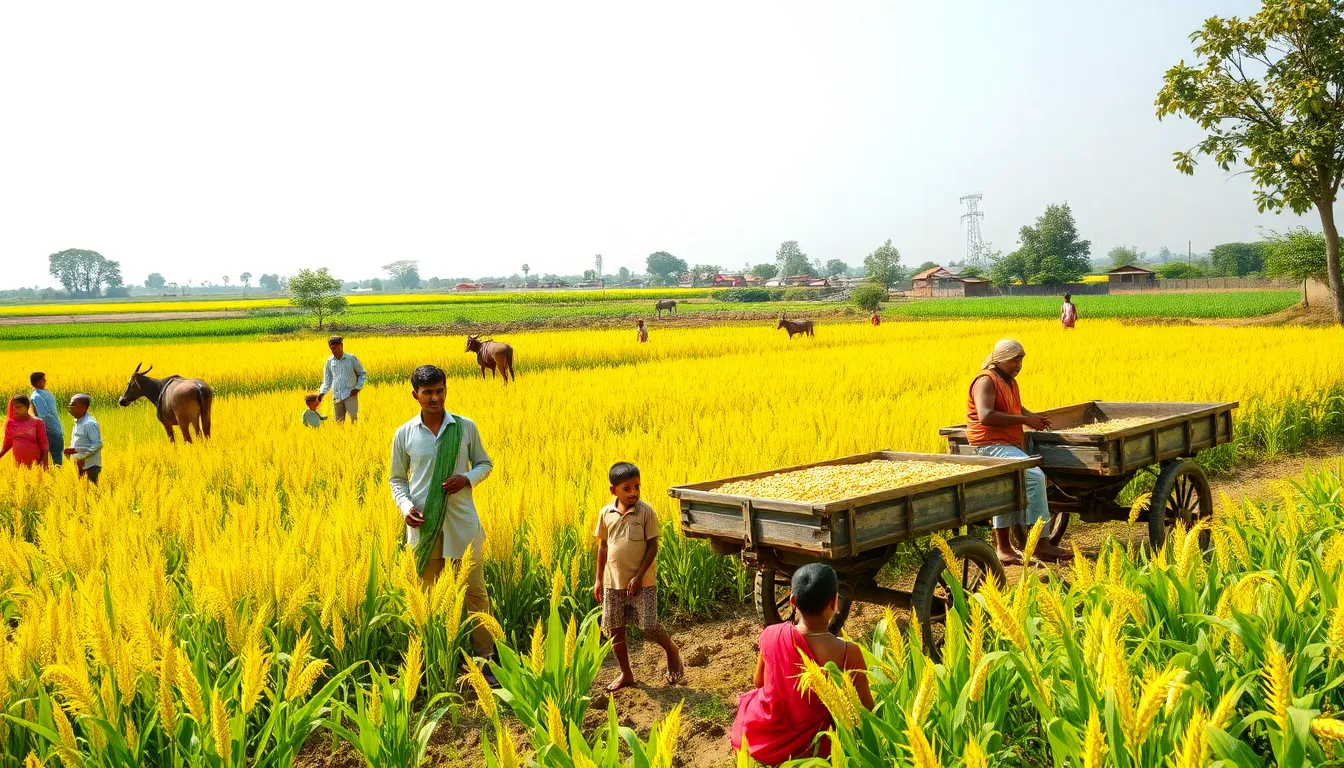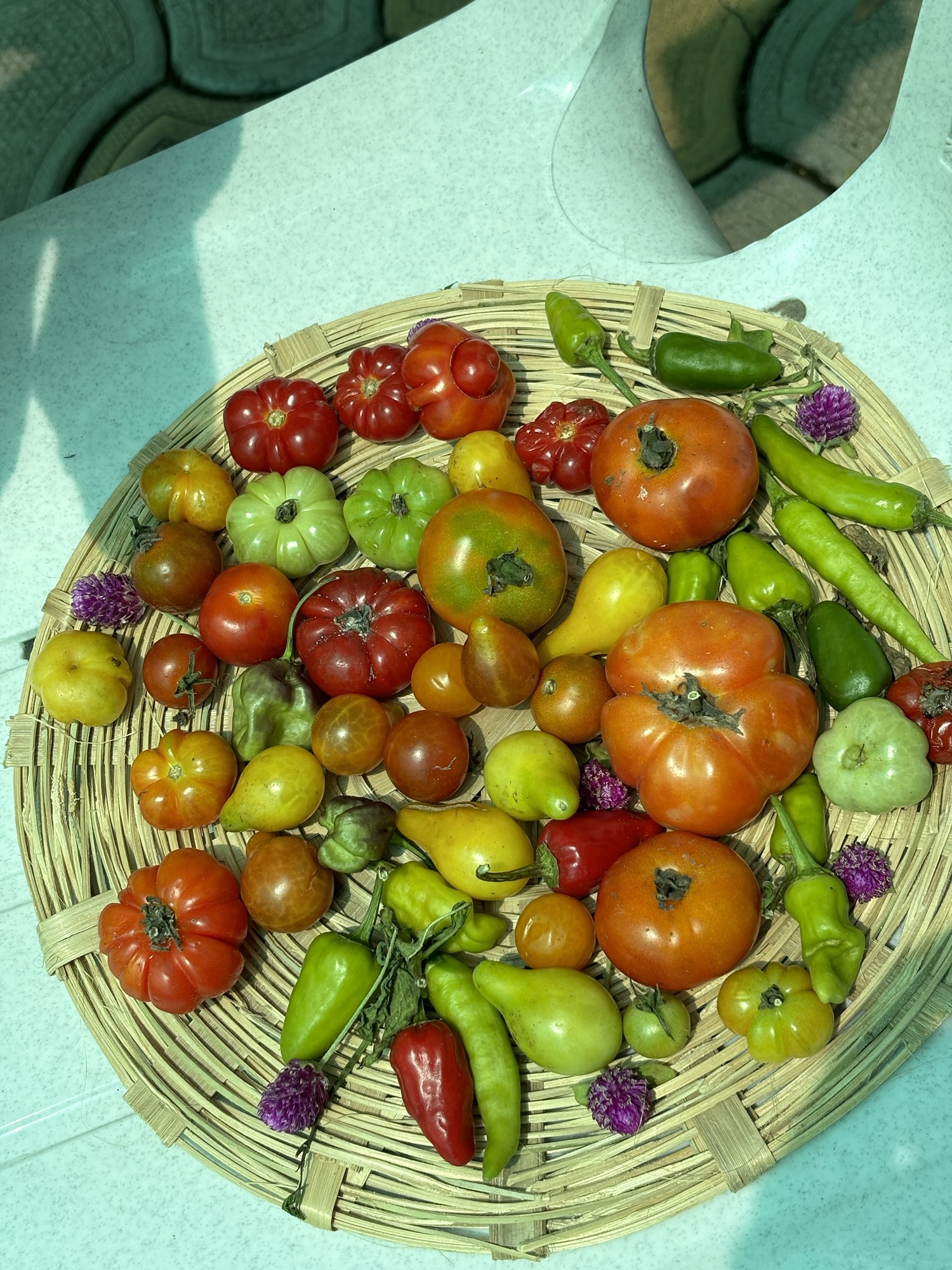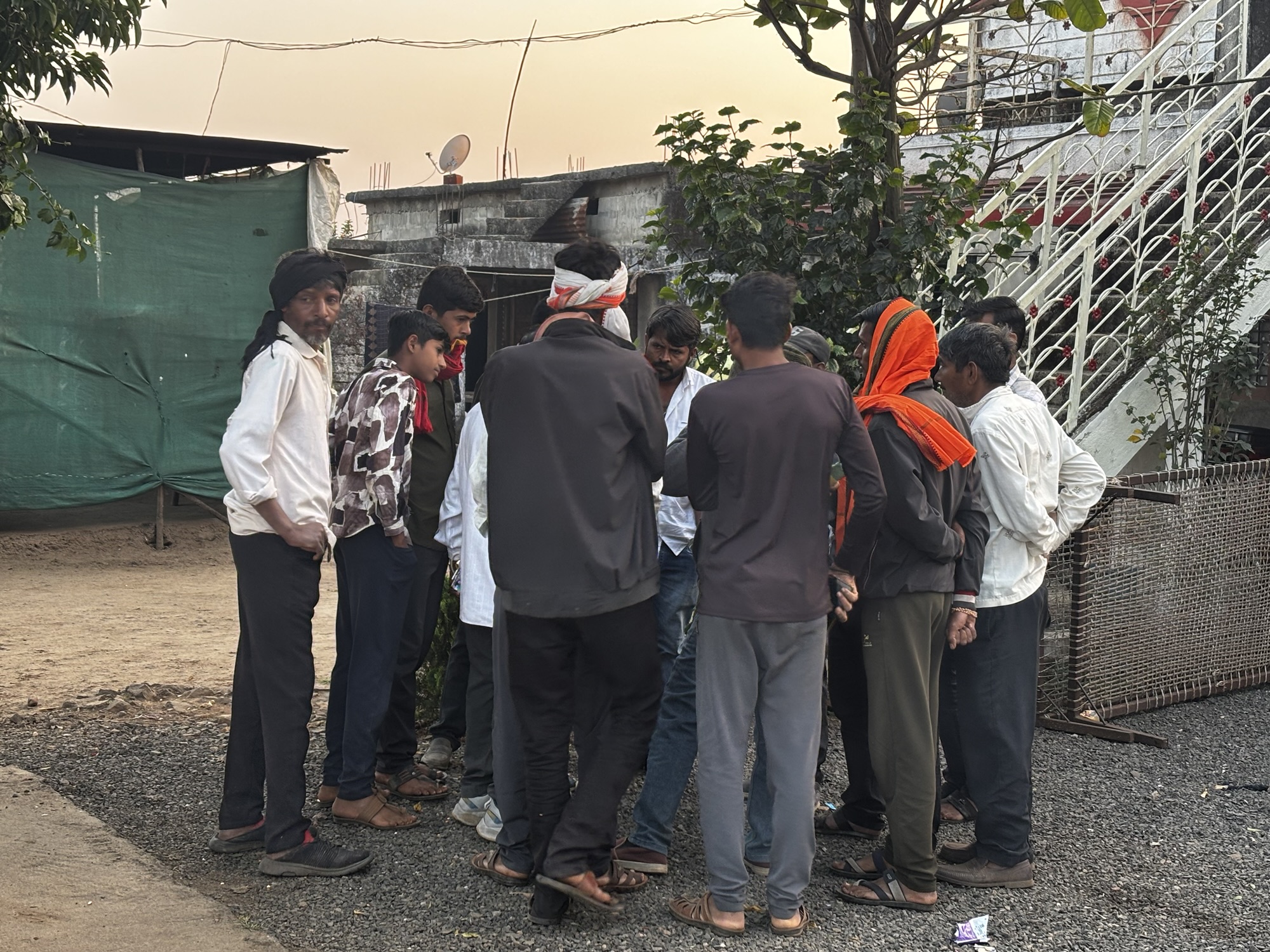India’s agriculture sector faces a significant change as farmers are increasingly opting to grow maize instead of oilseeds like soybean and groundnuts. This shift is largely a response to the depressed prices of edible oils, which have made oilseed farming less profitable. As a result, farmers are turning to maize for ethanol production, potentially leading to a decline in oilseed acreage and an increase in the country’s dependence on edible oil imports. Currently, India imports about 60% of its edible oil needs, making it the largest importer in the world.
The government has set a minimum support price (MSP) of ₹4,892 per quintal for soybeans. However, market prices for soybean have been consistently 10% to 20% lower than this MSP since the new marketing year began in October 2024. This price gap is driving farmers to make the switch to maize, which offers better prospects for profitability through ethanol production.
A government official expressed concern that if this trend continues, it could lead to a significant reduction in domestic oilseed production. If farmers replace crops like soybean and tur with maize, it would worsen India’s reliance on imported oils. In 2024, India’s pulse imports doubled compared to the previous year, reaching an all-time high of 6.63 million tonnes, further highlighting the challenges in the domestic agricultural landscape.
The shift towards maize is prompted by government policies that encourage ethanol production. Ethanol, derived from maize, is used as a biofuel, and the government aims to boost its production to reduce dependence on fossil fuels. Farmers have noted that the promise of government procurement for pulses is also influencing their crop decisions, as they look for secure income sources.
Despite the focus on maize, the government is also projecting record outputs for oilseeds, with groundnut production expected to reach 10.42 million tonnes and soybean at 15.13 million tonnes. This indicates that while some farmers are shifting to maize, others may still find oilseed farming viable under certain conditions, especially if prices improve.
In response to rising global edible oil prices, India has seen a decline in its cooking oil imports. In April 2025, imports dropped by 32% to 0.86 million tonnes compared to the previous year, the lowest level since May 2020. This is attributed to both high global prices and improved domestic oilseed output, particularly mustard.
The Solvent Extractors Association (SEA) has noted that the combination of higher domestic production and rising global prices could lead to a further decline in edible oil imports this year. However, with vegetable oil stocks at Indian ports reaching a five-year low of 1.35 million tonnes, there are concerns about future supply. The reduction in stock levels highlights the delicate balance between domestic production and import reliance.
High inflation rates for edible oils have also been a significant concern for consumers. In April 2025, the Consumer Price Index (CPI) recorded an inflation rate of 17.4% for edible oils, marking the sixth consecutive month of double-digit inflation. This inflation is partly due to the increased cost of crude palm oil and reduced demand for oilseed meals from the livestock industry.
As farmers navigate these changing economic conditions, many are weighing the financial benefits of maize against traditional oilseed crops. The government is urged to consider these shifts in agricultural policy to ensure food security and support farmers in making sustainable decisions.
In conclusion, the shift from oilseeds to maize for ethanol production reflects broader trends in India’s agricultural landscape. While this change aims to meet government goals for biofuel production, it poses risks of increased dependence on edible oil imports, ultimately affecting food security and local farmers. As this situation evolves, it will be important for stakeholders to monitor market trends and farmer decisions closely to ensure a balanced agricultural economy in India.





